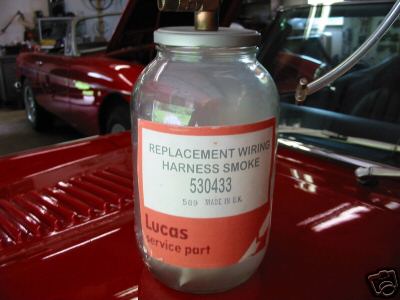Brian UK
GT Reference
There have been several reports of the 15 Amp fuse supplying the starter solenoid blowing, resulting in nothing happening when the start button is pressed.
Happened to me yesterday on the Norge, but at least I was aware of the issue and fitted a new fuse straight away.
So I did a couple of checks today.
I took the fuse out and put my analogue meter in its place, meter on 10 Amp FSD (its highest scale).
Pressed the start button and the needle went off the scale, suggesting that the current drawn by the solenoid (plus the front side lights and number plate light) is closer to 15 Amps.
Anyone got a meter which will read more that 15 Amps DC and who could try this themselves?
If my thinking is right, the fuse is too close rated, and the solution would be to fit a 20 Amp fuse.
Happened to me yesterday on the Norge, but at least I was aware of the issue and fitted a new fuse straight away.
So I did a couple of checks today.
I took the fuse out and put my analogue meter in its place, meter on 10 Amp FSD (its highest scale).
Pressed the start button and the needle went off the scale, suggesting that the current drawn by the solenoid (plus the front side lights and number plate light) is closer to 15 Amps.
Anyone got a meter which will read more that 15 Amps DC and who could try this themselves?
If my thinking is right, the fuse is too close rated, and the solution would be to fit a 20 Amp fuse.

